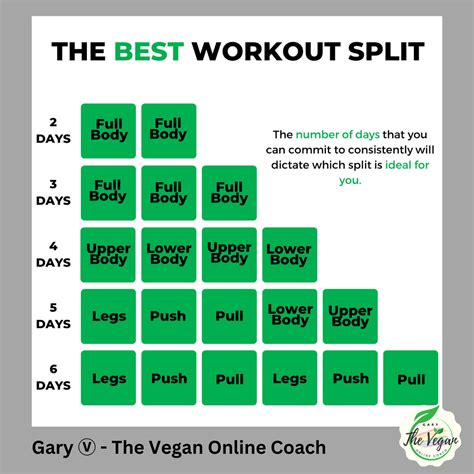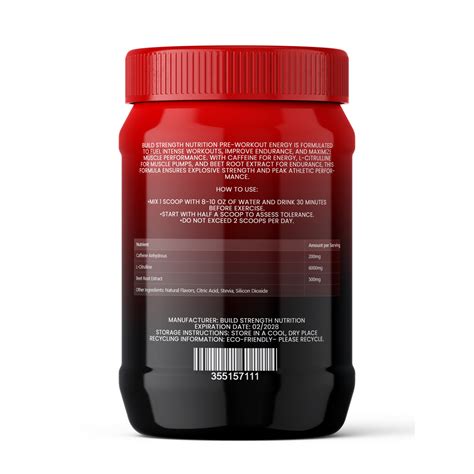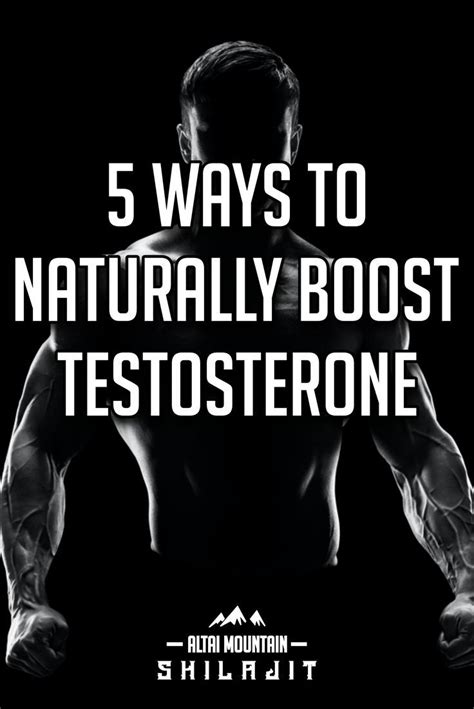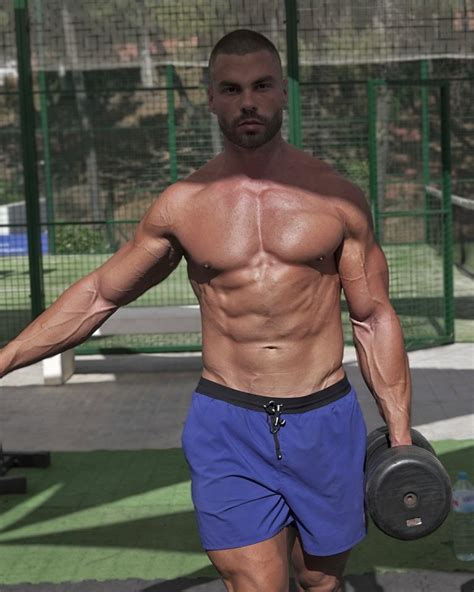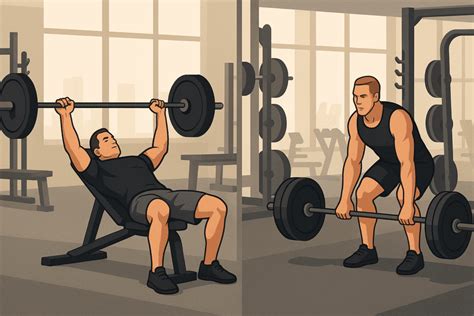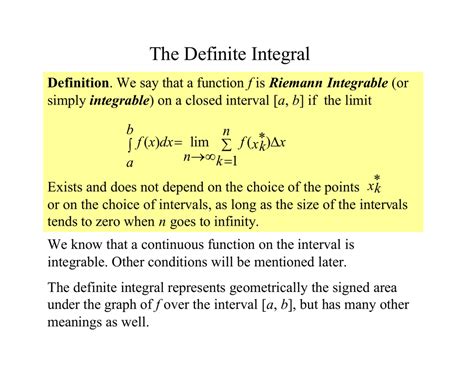What elite workout structure maximizes men’s peak strength & hypertrophy?

For men aiming to reach the zenith of their physical potential in both strength and muscle mass, a casual approach simply won’t suffice. An elite workout structure isn’t just about training hard; it’s about training smart, integrating scientific principles with relentless effort. This guide delves into the foundational elements and advanced strategies that converge to create a program designed for maximum strength and hypertrophy.
The Unyielding Principle: Progressive Overload
At the core of any successful strength and hypertrophy program lies progressive overload. This fundamental concept dictates that for muscles to grow stronger and larger, they must be consistently challenged with increasing demands. Without it, adaptations will plateau. Progressive overload can manifest in various ways: increasing the weight lifted, performing more repetitions with the same weight, adding more sets, decreasing rest times, improving exercise form, or increasing training frequency.
Elite lifters meticulously track their performance to ensure consistent progression, understanding that small, incremental gains compound over time into monumental improvements. This isn’t just about adding weight to the bar; it’s about systematically pushing the body beyond its comfort zone in a controlled, sustainable manner.

Strategic Periodization: The Blueprint for Sustained Gains
While progressive overload is constant, the *method* of applying it must vary. This is where periodization becomes critical. Elite programs do not follow a linear path of ever-increasing intensity; instead, they cycle through different training phases to optimize adaptation, prevent burnout, and mitigate injury risk. Common forms of periodization include:
- Linear Periodization: Gradually increases intensity while decreasing volume over a macrocycle, often leading up to a strength peak.
- Undulating Periodization: Varies intensity and volume more frequently (e.g., daily or weekly), allowing for diverse stimuli and potentially faster adaptations.
- Block Periodization: Divides training into distinct blocks (e.g., accumulation, intensification, realization) each with a specific physiological goal.
The choice of periodization model often depends on the athlete’s experience, goals, and response to training. Many elite lifters utilize a hybrid approach, blending elements of different models to create a highly personalized and adaptive training cycle.

Optimizing Volume, Intensity, and Exercise Selection
Volume and Intensity Mastery
The sweet spot for volume and intensity for peak strength and hypertrophy is a delicate balance. For strength, higher intensity (closer to 1-5 rep max) with lower volume is typically favored. For hypertrophy, moderate intensity (6-12 rep range) with higher volume (multiple sets to near failure) is often optimal. Elite programs intelligently manipulate these variables:
- Volume: Ranges from 10-20+ sets per muscle group per week, adjusted based on individual recovery capacity and phase of training.
- Intensity: Often dictated by Repetitions in Reserve (RIR) or Rate of Perceived Exertion (RPE), ensuring sets are challenging but not always to absolute failure, especially for strength work.
- Frequency: Training each muscle group 2-3 times per week often yields superior results for both strength and hypertrophy compared to once a week.
Smart Exercise Selection
While isolation exercises have their place, the foundation of an elite program is built on compound movements. These exercises recruit multiple muscle groups simultaneously, allowing for heavier loads and greater overall stimulus:
- Strength: Squats, deadlifts, bench press, overhead press, rows, and their variations form the core.
- Hypertrophy: While still relying on compounds, a greater emphasis might be placed on variations that maximize muscle tension and range of motion, complemented by isolation work to target specific muscles (e.g., bicep curls, lateral raises, triceps extensions).
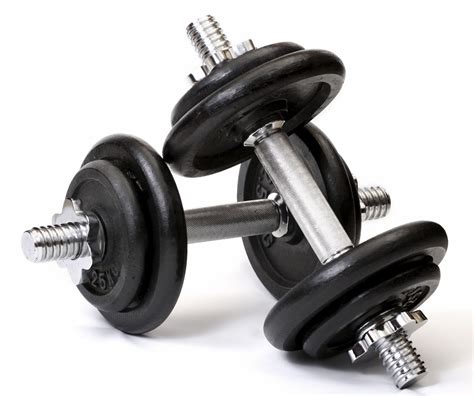
The Crucial Role of Recovery and Nutrition
Training is only half the equation; adaptation happens during recovery. Elite athletes prioritize recovery with the same rigor they apply to training:
- Sleep: 7-9 hours of quality sleep per night is non-negotiable for muscle repair and hormone optimization.
- Nutrition: A caloric surplus (for hypertrophy) or maintenance (for strength) with adequate protein intake (1.6-2.2g/kg body weight), sufficient healthy fats, and complex carbohydrates is paramount. Micronutrient intake also plays a vital role.
- Stress Management: Chronic stress elevates cortisol, hindering recovery and muscle growth.
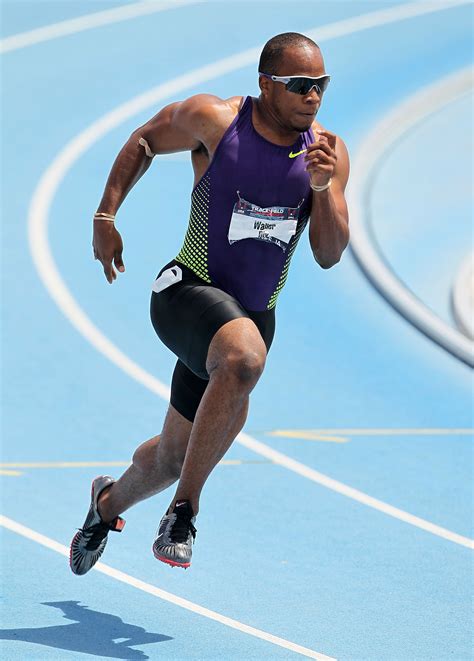
Structuring Your Elite Program: An Integrated Approach
An elite workout structure is a dynamic system, not a rigid template. It demands self-awareness, consistent assessment, and a willingness to adapt. A common structure might involve:
- Macrocycle Planning: Long-term (e.g., 6-12 months) plan outlining major goals and phases.
- Mesocycle Design: Shorter cycles (e.g., 4-6 weeks) with specific training focuses (e.g., hypertrophy block, strength block, deload).
- Microcycle Execution: Weekly training sessions, carefully planned with specific exercises, sets, reps, and RPE/RIR targets.
Many successful programs for men include a blend of powerlifting-style heavy compounds (for strength) with bodybuilding-style higher volume accessories (for hypertrophy), strategically periodized to prevent overtraining and ensure continuous progress. Listening to your body, adjusting based on performance, and incorporating planned deloads are hallmarks of advanced programming.
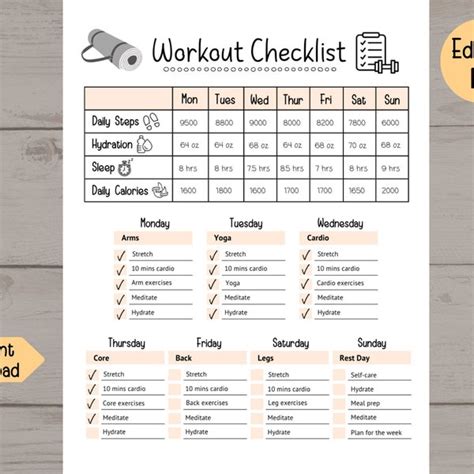
Conclusion
Maximizing men’s peak strength and hypertrophy is a journey that demands more than just showing up to the gym. It requires a sophisticated understanding and implementation of progressive overload, intelligent periodization, optimized training variables, and unwavering commitment to recovery and nutrition. By meticulously structuring these elements, men can unlock their full potential and achieve truly elite levels of physical development.
